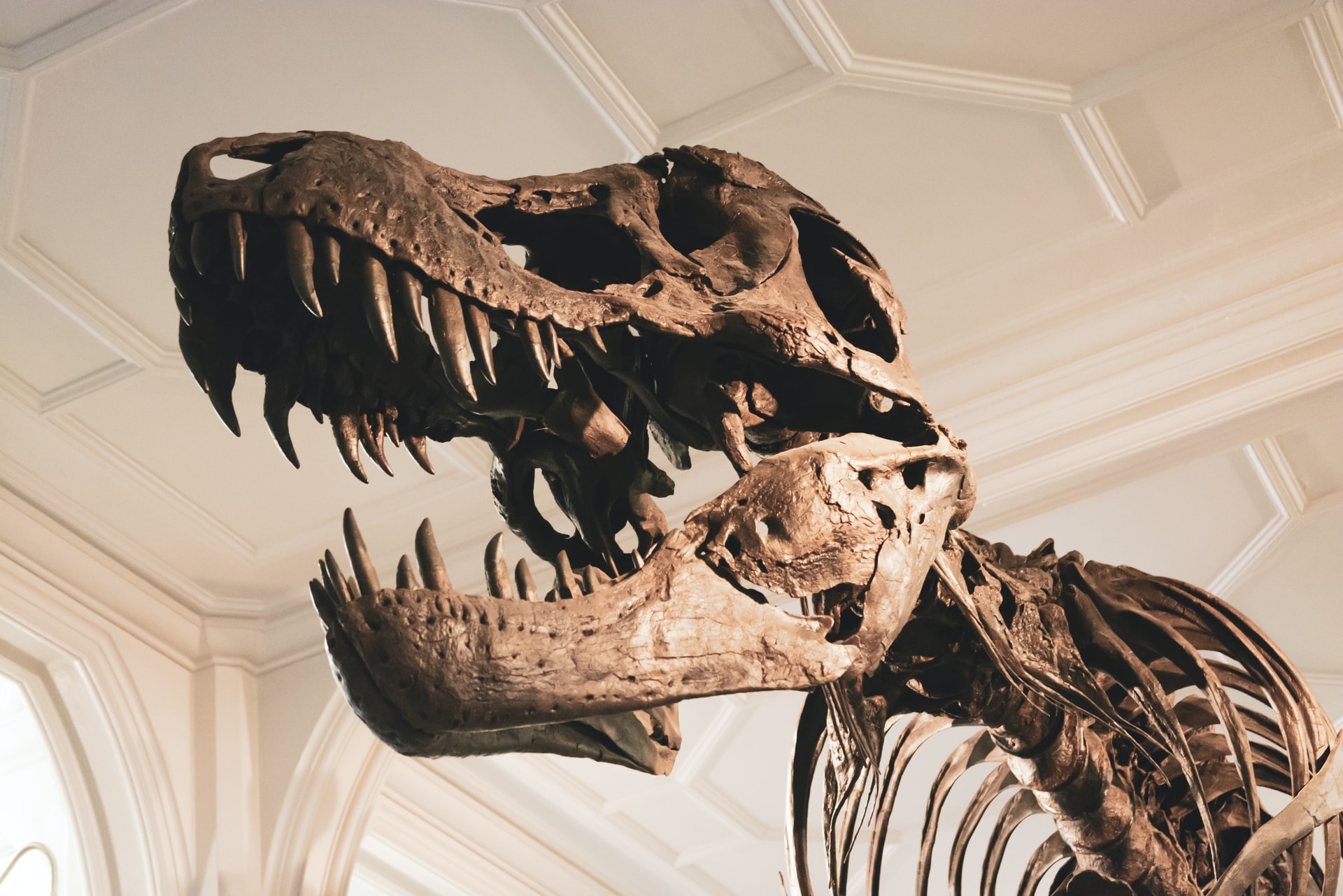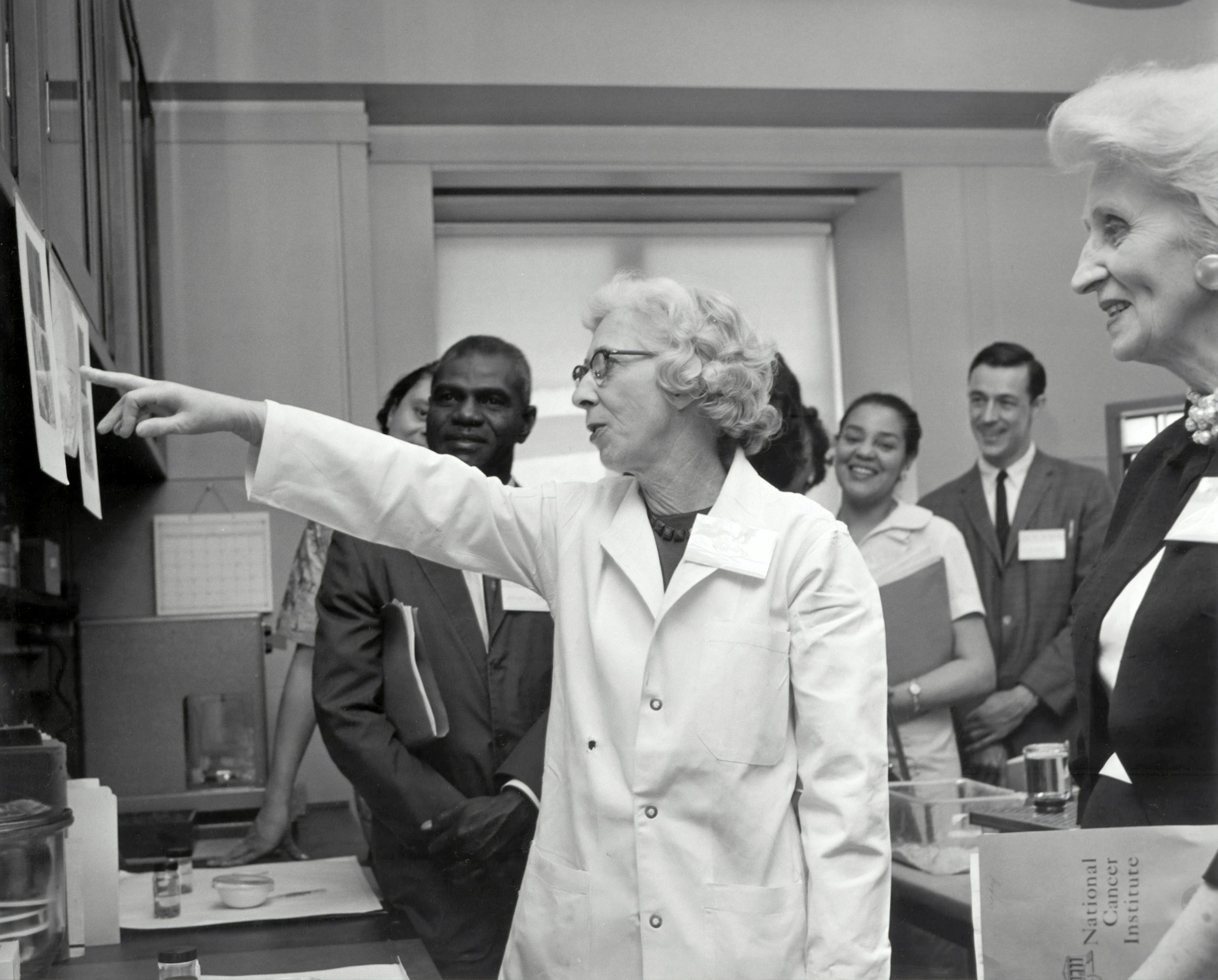By Peyton Cherry
The towering neck of a Diplodocus as it stretches to the highest of treetops to chomp down on tender young leaves. The thunderous crash as two Pachycephalosaurus butt heads lined with thick bone. The glint of steak-knife size teeth as a Tyrannosaurus Rex widens its jaws before delivering a final killing blow. These are creatures and scenes which have seized people’s imaginations for centuries, ever since the first recognised dinosaur fossils were unearthed in 1824—the partial jaw of a Megalosaurus found in West Dorset.
Chances are many of us had a time in our childhood where dinosaurs were the coolest things we could conceive. So massive, powerful, and alien in appearance. They were more like fantastical beasts than real animals who once dominated our planet.
But this perspective is changing. The tremendously rich mythos surrounding dinosaurs has been undergoing a gradual evolution for generations, stretching as far back as the imaginings of the Iguanodon sitting in the belly of the Oxford Museum of Natural History.
No longer are dinosaurs the fantastical monsters of Hollywood nor real-life dragons just without the ability to breathe fire. Scientific findings and new media depictions now show dinosaurs as complex, believable, and, most importantly, natural, animals. They now resemble the ones still alive today in the Anthropocene, the current period of geologic time where humans have greatly impacted the climate and environment.
This may be a bold claim. That a cultural shift and scientific journey centuries in the making has completely reinvented dinosaurs. But we need only look at documentaries like Prehistoric Planet, YouTube series like Dinosauria, and 21st century paleoart to see that these ancient animals have undergone significant makeovers. Yet they are no less compelling.
Before introducing some specific examples of dinosaurs undergoing significant changes in conceptualisation, it is worth distinguishing between avian and non-avian dinosaurs.
Palaeontologists agree that the two groups of dinosaurs have differences in their bone structure and metabolic processes. However, the most important difference is that non-avian dinosaurs, such as heavyweight sauropods like Diplodocus and Saltasaurus, were already extinct by the late-Cretaceous extinction event. Some populations of avian dinosaur were able to survive and evolve into modern-day birds. They also had hollow bones and were warm-blooded.
Theropods, who were generally bipedal with three-toed limbs, are classified as avian dinosaurs. And, yes, they included anywhere from Mononykus (that lovely owl-faced creature from Prehistoric Planet), to Therizinosaurus (the dinosaurs with long hand claws from Jurassic World: Dominion), and the persistent favourite—Tyrannosaurus Rex, who needs no introduction. Tyrannosaurs belong to a group called theropods, bipedal dinosaurs with hollow bones. Small flightless theropods are the most likely descendants of modern birds!

The Iguanodon may be just one example of a dinosaur that has undergone multiple reiterations, but it is certainly one of the oldest cases and the most memorable. It is also very local! You can see an—incorrectly—bipedal Iguanodon skeleton in the main hall of the Oxford Natural History Museum.

One of the biggest changes in conceptualising dinosaurs is the increased connection of dinosaurs to their still living relatives—modern-day birds. The idea that a dinosaur was simply a ‘terrible reptile’ led to early depictions of the creatures as reptilian, producing images of carnivorous dinosaurs like Tyrannosaurus rex as massive bipedal reptiles. In reality, many avian dinosaurs were partially or mostly covered in feathers. Was the ferocious Tyrannosaurus actually as puffy as a robin or house sparrow?
Well, maybe not that puffy, but many scientists and artists are working together to consider possibilities that would have been unthinkable a few decades ago. Palaeontologists at the American Museum of Natural History put together an exhibit in 2019 which illustrates one of the newest updates to T. rex, that the prehistoric hunter had feathers which stretched from the top of their head down its neck to its back, like a horse’s mane. Evidence of hair-like feathers have been found pressed into rocks alongside bones of early tyrannosaur species.

Various raptors, like the iconic Velociraptor which features so heavily in first the Jurassic Park and now the Jurassic World franchise, are often reimagined with a body coated in similar feathers. With their small forelimbs outfitted with longer primary feathers, they resemble some flightless birds today. Notably, this dinosaur was sized up for cinematic effect in the Jurassic franchise. The real Velociraptor was small, the size of a medium to large dog. Instead, a raptor the size of the ones we see in cinema could only go by the name of the Utahraptor which was discovered in 1991 in Grand County, Utah. The Utahraptor had a formidable sickle claw and is the biggest raptor found so far.

If you are interested in seeing a modern-day interpretation of raptors, the recently released 2022 documentary series Prehistoric Planet, is a visual and educational treat. The series, produced by the team behind Planet Earth and narrated by Sir David Attenborough, bases each episode around a certain biome, like coasts or deserts, and explores the variety of prehistoric life which inhabited it around 150 million years ago. Velociraptors are diminutive in comparison to herbivorous giants, covered in feathers and hopping around like birds rather than stalking like wolves.
The final example is one I personally find the most interesting and dramatic—the conceptualisation of the formidable, long-jawed, sail-backed animal known as Spinosaurus. Spinosaurus is one of the largest carnivorous dinosaurs to have been lived. Thanks to its lengthy jaws it was longer than Tyrannosaurus at up to 50 ft (15 m), compared to T. rex’s 45 ft (14 m). T. rex, however, weighed in at a huge 7 tons compared to Spinosaurus’ 6 tons. The question about which creature would win in a Street Fighter style knockout is a moot point. Spinosaurus existed in the Middle Cretaceous, millions of years before T.rex did in the Late Cretaceous.
Spinosaurus was also not the bipedal terrestrial predator depicted in Jurassic Park III. Instead, discoveries in the past seven years depict it as a semi-aquatic dinosaur, with the shortened back legs, broad feet and dense bones which are characteristic of modern semi-aquatic mammals. However, the team in Morocco that discovered the skeleton in 2020 faced fierce debate, until the tail was also uncovered. The flattened spines and length of the tail further suggest that the Spinosaurus could use it very effectively for propulsion under water—like a fish’s fin or a crocodilian’s scaly tail. The evidence continues to accumulate that Spinosaurus, and its relative Baryonyx, were theropods who would submerge themselves underwater and capture fish in their narrow, tooth-filled jaws. Exactly how this lifestyle played out in the Early Cretaceous, however, will continue to face academic scrutiny and critique.

With all these re-constructions in how dinosaurs looked, moved, developed, and lived out their days, it may be difficult to look back on past imaginings and see them as all being connected to the same fossilised remains. Yet, the disproved scientific theories and outdated media depictions of various dinosaurs remain a valuable point of reference for today’s discoveries and reassessments.
Dinosaurs are not the beasts of nightmares they once were, but they are still long-extinct animals which elicit gasps of awe and stir imaginative interpretations.
Even if you are no longer in the ‘dino phase’ of your childhood, I recommend revisiting these fascinating creatures which are now depicted with colourful patterns, coated with downy feathers, and shown engaging in the same behaviours as many modern-day animals. Witnessing these new conceptualisations may even suck you into the prehistoric past. I know recent discoveries and depictions rekindled my interest in dinosaurs.
References
Ashworth, J. (23 March 2022) ‘Spinosaurus and Baryonyx may have hunted fish underwater’, Natural History Museum. Website. https://www.nhm.ac.uk/discover/news/2022/march/spinosaurus-baryonyx-may-have-hunted-fish-underwater.html
Black, R. (27 December 2021) ‘The Top Ten Dinosaur Discoveries of 2021’, The Smithsonian Magazine. Website. Accessed 22 June 2022. https://www.smithsonianmag.com/science-nature/the-top-ten-dinosaur-discoveries-of-2021-180979215/
Halliday, T (2022) Otherlands: A World in the Making. Allen Lane: Penguin Random House UK.
Hendry, L ‘Why are birds the only surviving dinosaurs?’ Natural History Museum. Website. Accessed 23 June 2022. https://www.nhm.ac.uk/discover/why-are-birds-the-only-surviving-dinosaurs.html
Ibrahim, N et al. (2020) ‘Tail-propelled aquatic locomotion in a theropod dinosaur’, Nature, 581, 67-72.
Mock, J. (12 March 2019) ‘How Birds Are Helping Scientists Reimagine a Feathered T. Rex’, Audobon Society.org. Accessed 23 June 2022. https://www.audubon.org/news/how-birds-are-helping-scientists-reimagine-feathered-t-rex
Osterloff, E. ‘Iguanodon: the teeth that led to a dinosaur discovery’, Natural History Museum. Website. Accessed 23 June 2022. https://www.nhm.ac.uk/discover/the-discovery-of-iguanodon.html
Osterloff, E. ‘The search for the real Iguanodon’, Natural History Museum. Website. Accessed 23 June 2022. https://www.nhm.ac.uk/discover/search-for-the-real-iguanodon.html





